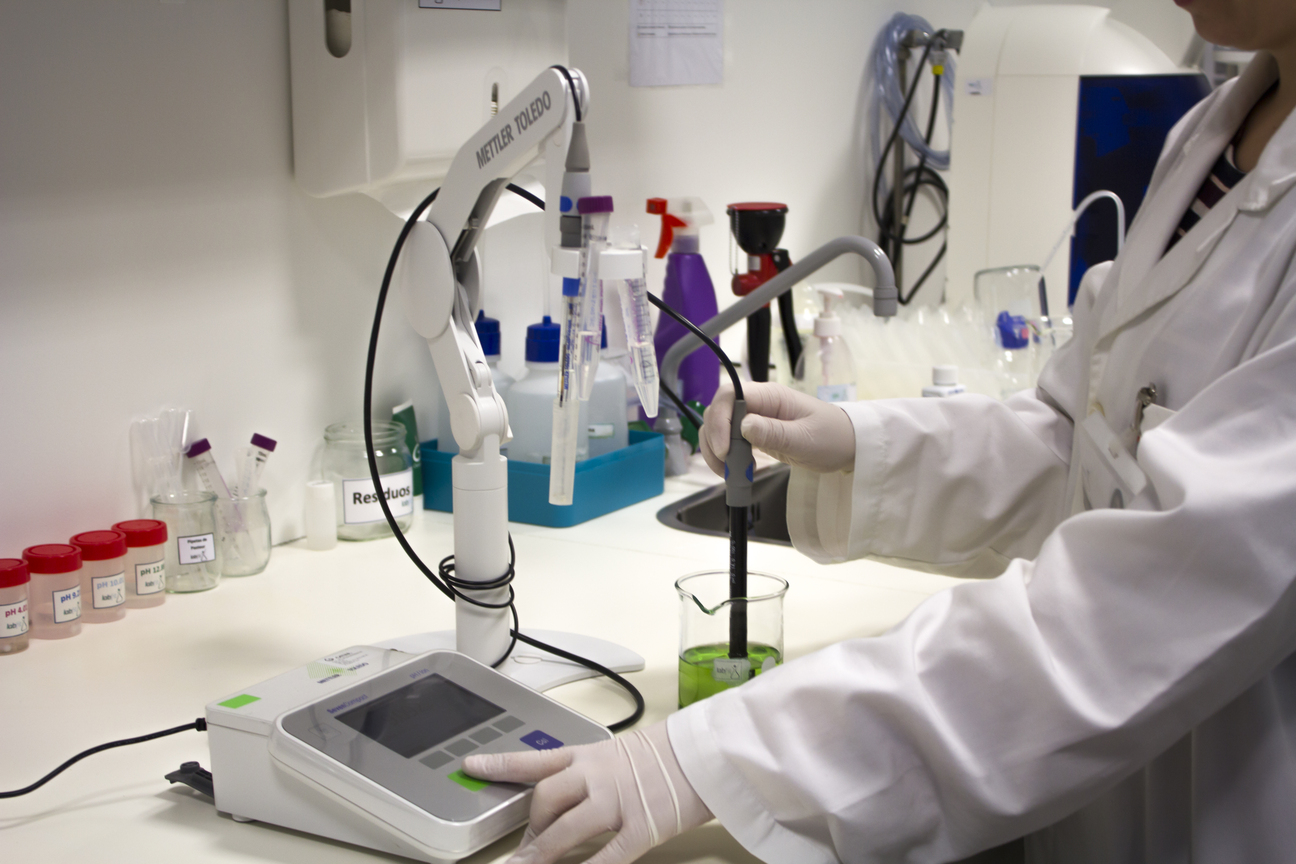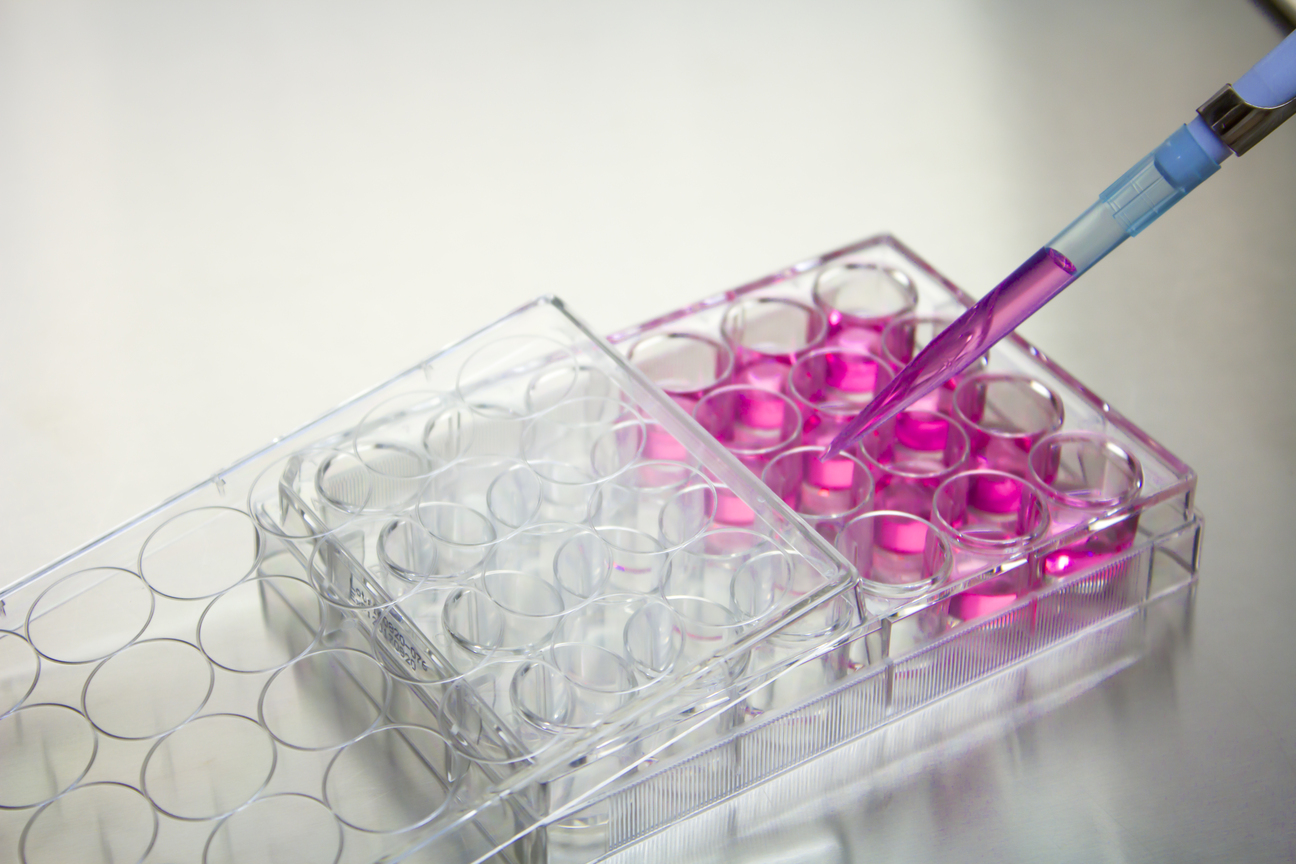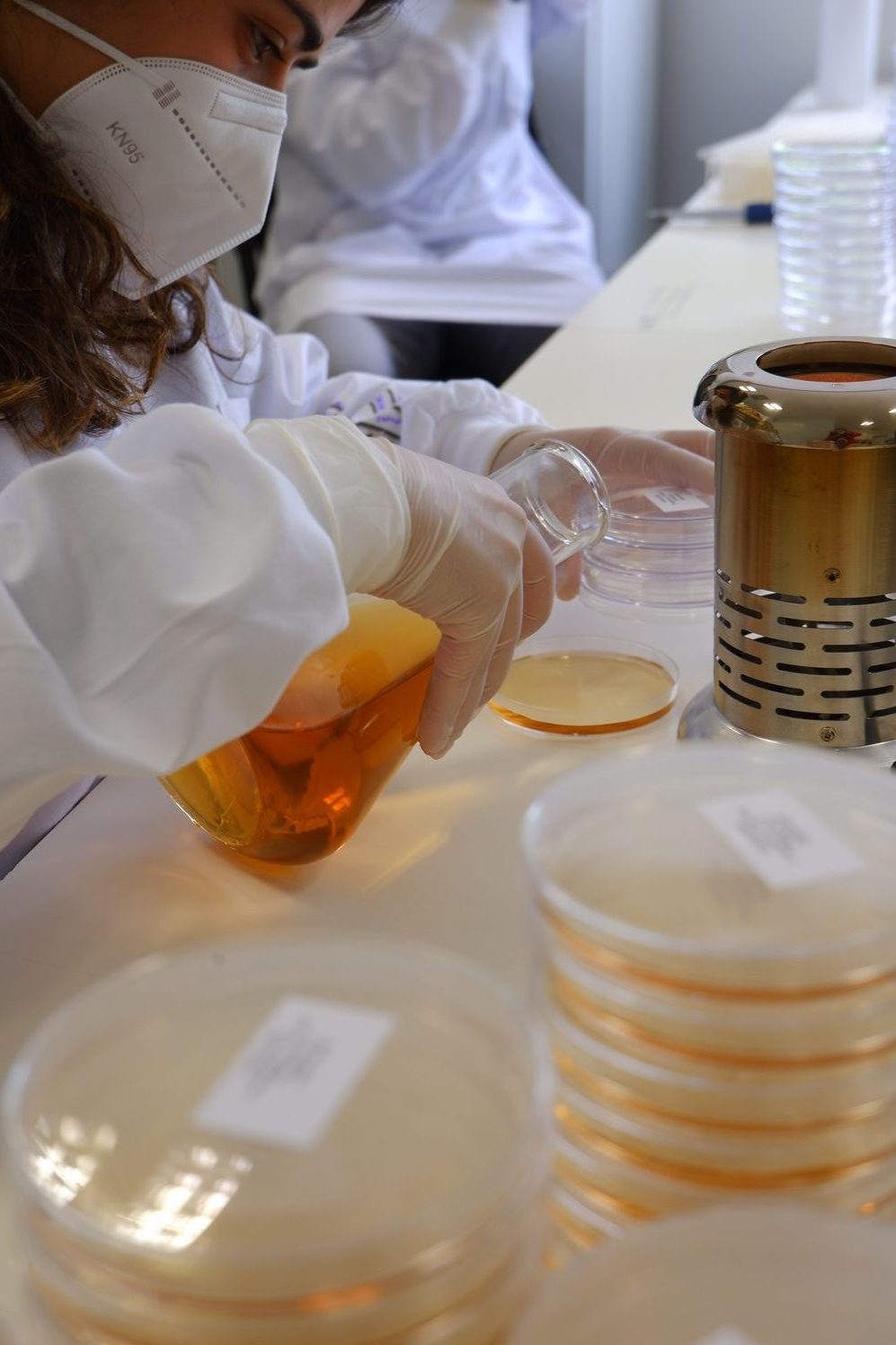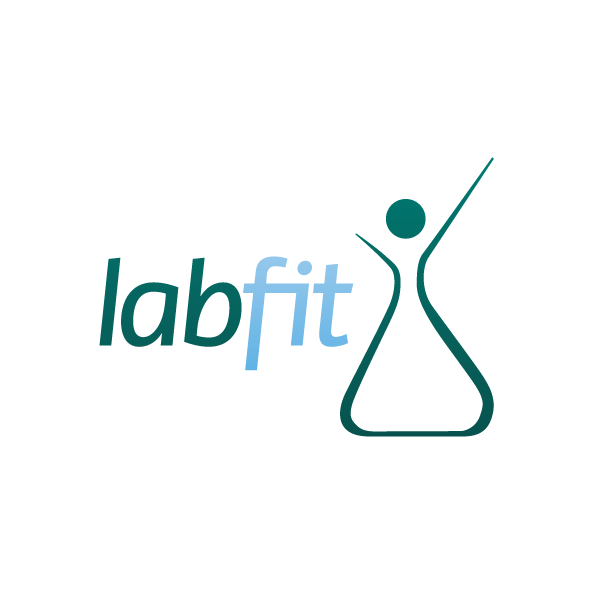Microbiological Tests
Microbiological quality: ISO standards and European Pharmacopoeia
-Bacteria count;
-Yeast and mould count;
-Total aerobes determination;
-Specific pathogen screening: E. coli, S. aureus, P. aeruginosa, C. albicans, Salmonella, Gram-negative bacilli, total coliforms, Enterobacteriaceae;
-Screening for non-specific pathogens and identification by biochemical tests and PCR;
-Screening for non-specific pathogens and identification by biochemical tests and PCR;
-Antimicrobial activity;
-Anti-biofilm activity;
-Molecular biology (microbiome studies, microbiota data analysis, biostatistics studies);

Challenge test – Preservative challenge test (ISO standards and European Pharmacopoeia)
Bioburden – Estimation of the microbial population in the product (ISO 11737-1)

Characterisation of probiotics
-Molecular characterisation of the strain;
-Research and characterisation of mechanisms of action;
-Potency assessment (metabolic activity);
-Antibiotic sensitivity profile;
-LactoProbiotest – evaluation of the viability of
probiotic strains in vitro and ex vivo;
-Study and adaptation of prebiotic mixtures for product development;
-Characterisation and development of the final formulation;
Biomolecular studies
– Characterisation and optimisation of probiotic and/or similar strains;
– Molecular identification (based on complete sequencing of the 16S rRNA gene and/or genome);
– Molecular typing of bacterial strains using RAPD (Random Amplification of Polymorphic DNA), PFGE (Pulsed-field Gel Electrophoresis) and MLST (Multi-Locus Sequence Typing) techniques;
– Comparative genomics of bacterial strains;
– Identification of probiotic mechanisms (adhesion capacity, aggregation, self-aggregation, production of lactic acid, hydrogen peroxide, bacteriocins, others);
– Analysis of strain behaviour in biological fluid simulants;
– Identification, isolation and characterisation of bacteriocins produced by lactic acid bacteria and/or others;
– Complete sequencing of bacterial genomes (Whole genome sequencing – WGS);
– Metagenomic analysis of biological samples;




